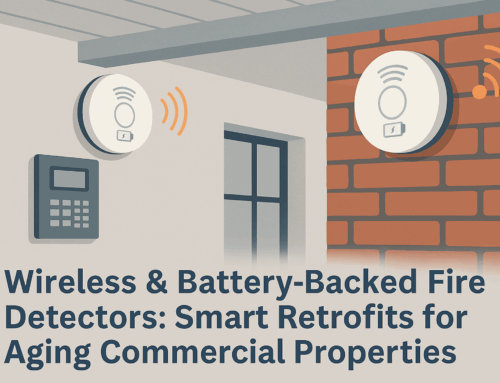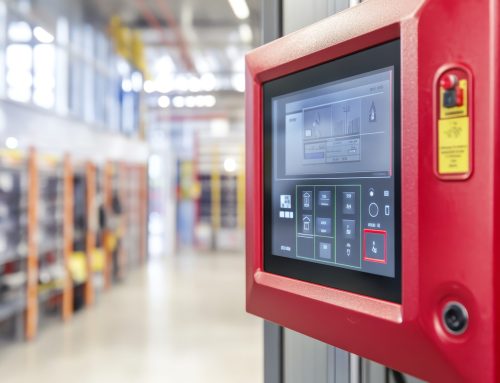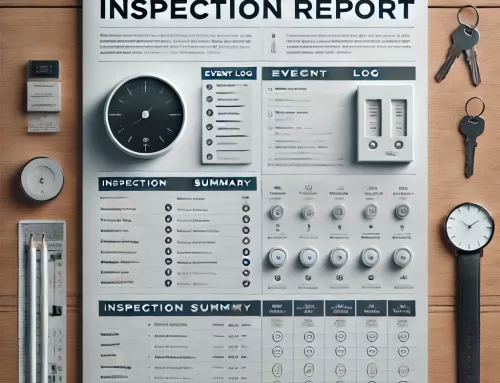Heat detectors play a crucial role alongside smoke detectors when it comes to fire detection in buildings. While smoke detectors are adept at detecting the presence of smoke particles, heat detectors are designed to respond to changes in temperature, indicating the potential presence of a fire. In this article, we’ll delve into the diverse array of heat detectors used in building fire alarm systems, exploring their principles of operation, applications, and suitability for different building types.
Understanding Heat Detectors
Heat detectors are devices that respond to changes in temperature rather than the presence of smoke. When a predetermined temperature threshold is exceeded, typically indicative of a fire, the detector triggers an alarm signal to alert occupants and initiate evacuation procedures. Unlike smoke detectors, which rely on the presence of airborne particles, heat detectors are less susceptible to false alarms caused by factors such as dust, humidity, or cooking fumes.
Types of Heat Detectors
- Fixed Temperature Heat Detectors
- What they do: Fixed temperature heat detectors are designed to activate when the ambient temperature reaches a specific threshold, typically set between 135°F to 190°F (57°C to 88°C). Once this temperature is exceeded, the detector triggers an alarm signal.
- Usage: These detectors are ideal for environments where rapid temperature increases are expected in the event of a fire, such as kitchens, boiler rooms, or areas with high-temperature equipment.
- Rate-of-Rise Heat Detectors
- What they do: Rate-of-rise heat detectors are sensitive to the rate at which temperature increases rather than a fixed temperature threshold. When the temperature rises at a certain rate, usually around 15°F to 20°F (8°C to 11°C) per minute, the detector activates an alarm.
- Usage: These detectors are well-suited for areas where fires may develop rapidly, such as storage rooms, warehouses, or locations with combustible materials.
- Combination Heat Detectors
- What they do: Combination heat detectors incorporate both fixed temperature and rate-of-rise detection mechanisms, providing enhanced sensitivity and reliability. These detectors offer the advantages of both types, reducing the risk of false alarms while ensuring rapid response to fire conditions.
- Usage: Combination detectors are commonly used in areas with varying environmental conditions or fluctuating temperatures, such as corridors, stairwells, or large open spaces.
Applications and Building Types
Fire detection is a critical aspect of building safety, and the choice of heat detectors varies depending on the specific environment and potential fire risks. Here’s a closer look at the diverse applications of heat detectors in different building types:
Commercial Kitchens
In commercial kitchens where high temperatures and airborne contaminants are prevalent, fixed temperature heat detectors are typically deployed. These detectors are positioned strategically near cooking appliances, grease hoods, or other heat sources to provide early warning of fire conditions.
Industrial Facilities
Industrial facilities, including manufacturing plants, warehouses, and storage facilities, often rely on a combination of rate-of-rise and fixed temperature heat detectors. These detectors are installed in areas where rapid temperature changes or combustible materials pose a fire risk, such as loading docks, production lines, or storage racks.
Mechanical Rooms
Mechanical rooms housing heating, ventilation, and air conditioning (HVAC) equipment are critical areas for fire detection. Rate-of-rise heat detectors are commonly used in these environments to detect rapid temperature increases associated with equipment malfunction or electrical faults.
Residential Buildings
In residential buildings, such as single-family homes or multi-unit dwellings, heat detectors may be employed in conjunction with smoke detectors to provide comprehensive fire detection coverage. Fixed temperature detectors may be installed in areas prone to high temperatures, such as attics, garages, or near furnaces.
Historic Buildings
Historic buildings with unique architectural features or sensitive materials may benefit from the use of fixed temperature heat detectors. These detectors can be discreetly installed to preserve the aesthetic integrity of the structure while providing reliable fire detection capabilities.
Fire Systems, Inc.
Heat detectors are indispensable components of building fire alarm systems, offering an additional layer of protection alongside smoke detectors. By understanding the different types of heat detectors available and their applications in various building types, facility managers and building owners can ensure comprehensive fire detection coverage tailored to the specific needs and risks of their environment. Whether in commercial kitchens, industrial facilities, or residential buildings, the strategic deployment of heat detectors plays a vital role in enhancing fire safety and protecting occupants and property from the devastating effects of fire.
Fire Systems, Inc. is an Atlanta-based fire protection company with almost 40 years of experience serving the community. As an all-services fire protection company, Fire Systems can cover all aspects of your building’s fire protection system, from fire alarm to fire sprinkler, suppression to exit lighting, and beyond. If you need a fire protection company to install, repair, maintain, or monitor your building’s fire alarm system, call us today at 770-333-7979 or visit our website for more information. Bundle services and save money with Fire Systems, Inc., the all-services fire protection company.







